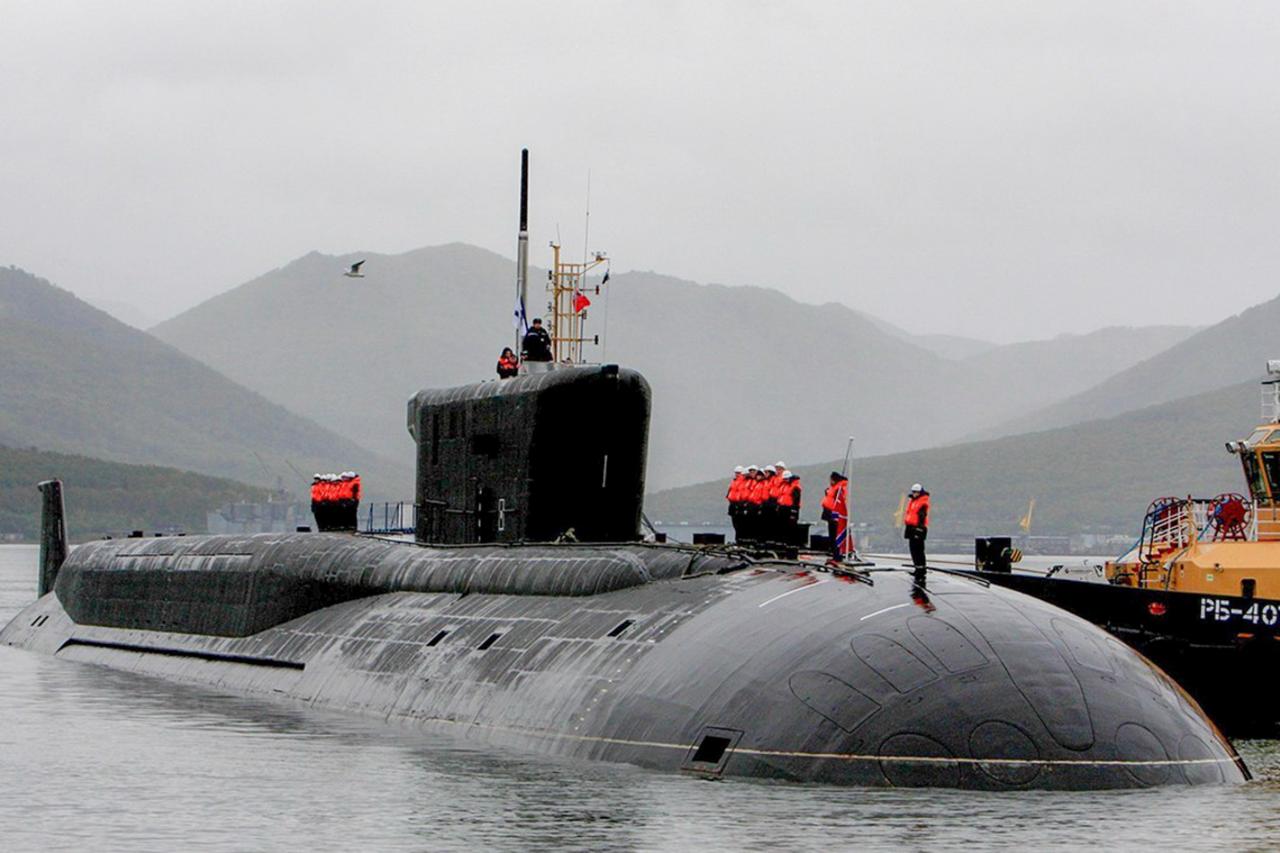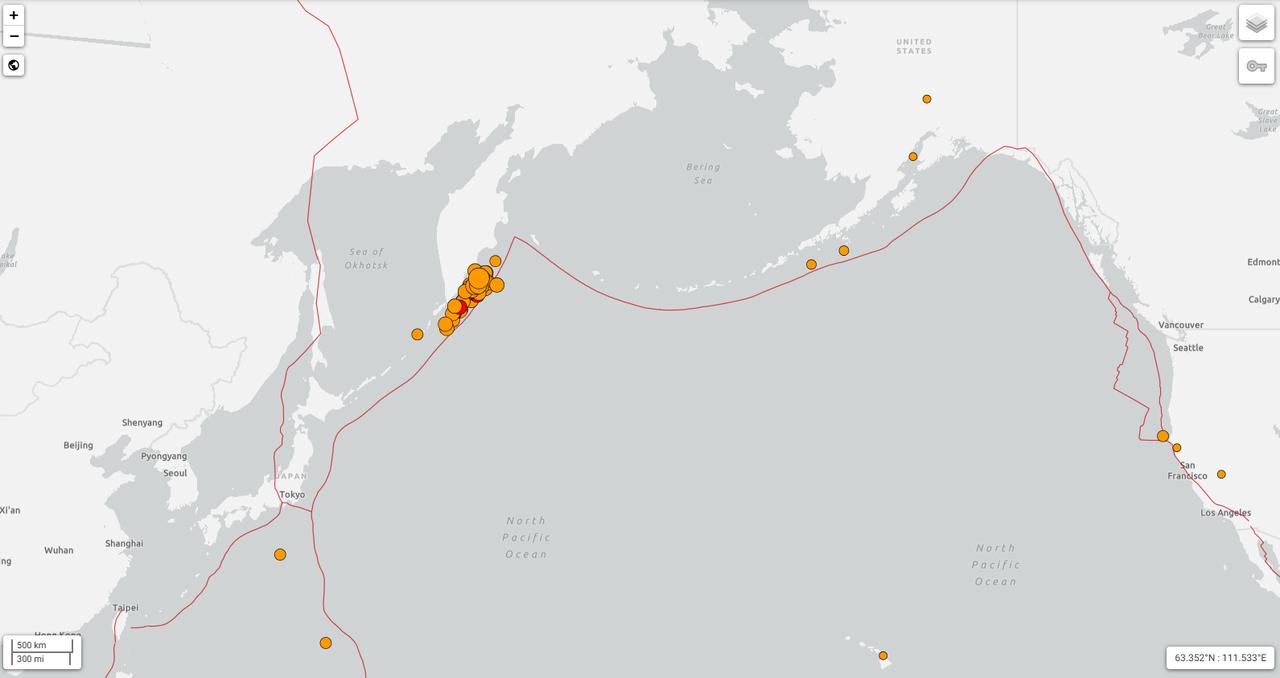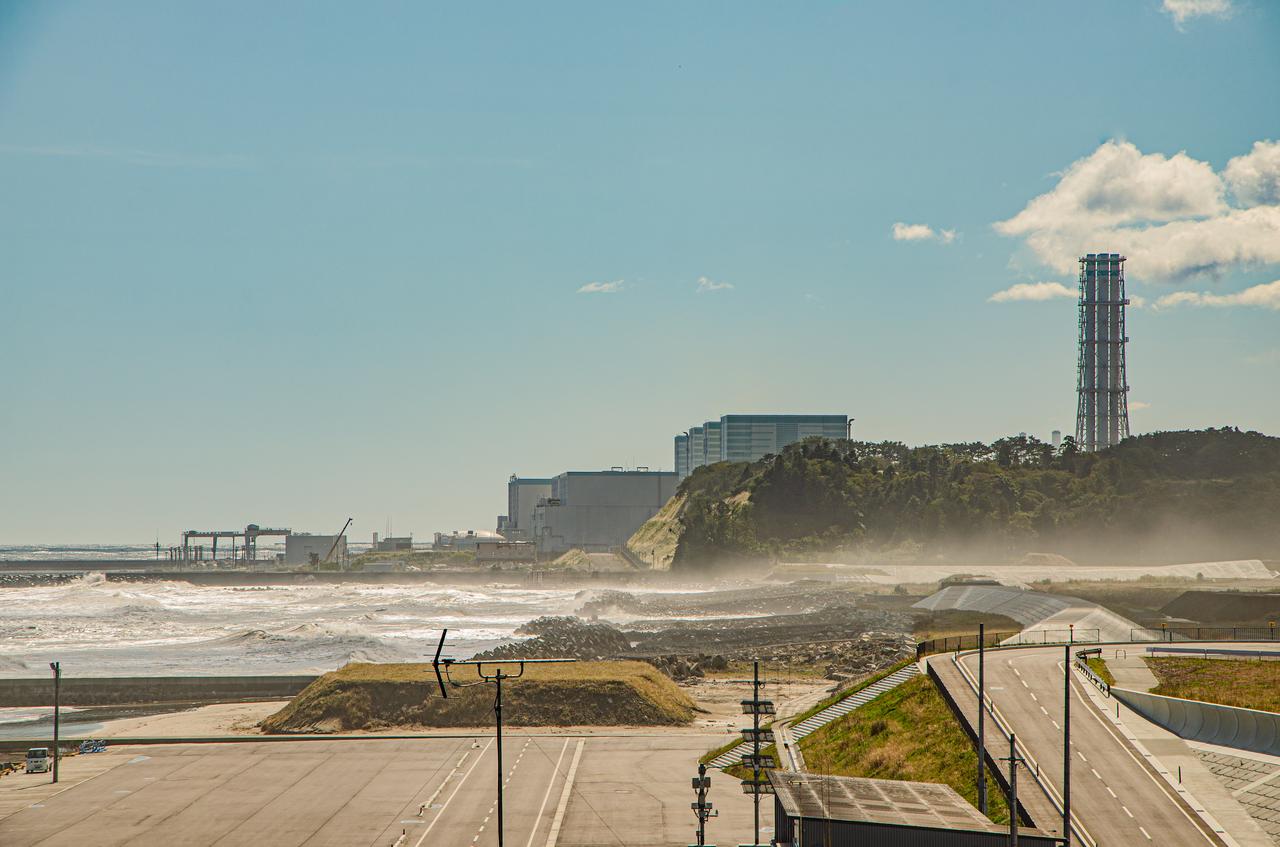
A massive 8.8 quake off Kamchatka triggered tsunami alerts and evacuations, while some unconfirmed social media reports claimed heavy damage at a Russian submarine base.
The quake, centered 119 kilometers (74 miles) east-southeast of Petropavlovsk-Kamchatsky at a depth of 20.7 kilometers (13 miles), is the strongest to hit the region since 1952, according to the Russian Academy of Sciences.

Unverified reports suggested possible structural damage to Russia’s Vilyuchinsk submarine base, which houses Borei-class ballistic missile submarines. These vessels form a critical part of Russia’s strategic nuclear deterrent.
However, no official confirmation has been provided regarding damage or flooding at the facility.
The United States Geological Survey (USGS) and local Russian agencies reported localized flooding in Severo-Kurilsk and minor damage in Petropavlovsk-Kamchatsky. Tsunami warnings were issued across the Pacific, including for Japan, Hawaii, and the U.S. West Coast.

In Japan, workers at the Fukushima Daiichi Nuclear Power Plant in the northeast were evacuated on Wednesday following the tsunami warning triggered by the quake.
A spokeswoman for plant operator TEPCO told AFP that “all workers and employees” had been evacuated, but noted that “no abnormality” had been observed at the site.
The plant, located in Okuma, previously suffered a major nuclear accident in 2011 following the Tohoku earthquake and tsunami. At that time, widespread electrical failure crippled both the primary and backup power systems, preventing crews from properly cooling the reactors.
As a result, containment systems failed, releasing radioactive material into the surrounding environment.

Tsunami waves have already struck parts of Russia’s Kuril Islands and Japan’s northern island of Hokkaido, following the 8.8 magnitude quake off Kamchatka. Japanese broadcaster NHK reported a tsunami height of 1.3 meters along the coast.
Authorities in Hokkaido issued warnings advising residents in low-lying areas to evacuate to higher ground or seek shelter on the fourth floor or above of buildings with ten stories or more.
Waves were also observed along Japan’s central Pacific coast, with local media sharing footage of heavy surf crashing onto beaches early Wednesday. Evacuations and alerts remain in effect across affected coastal regions.